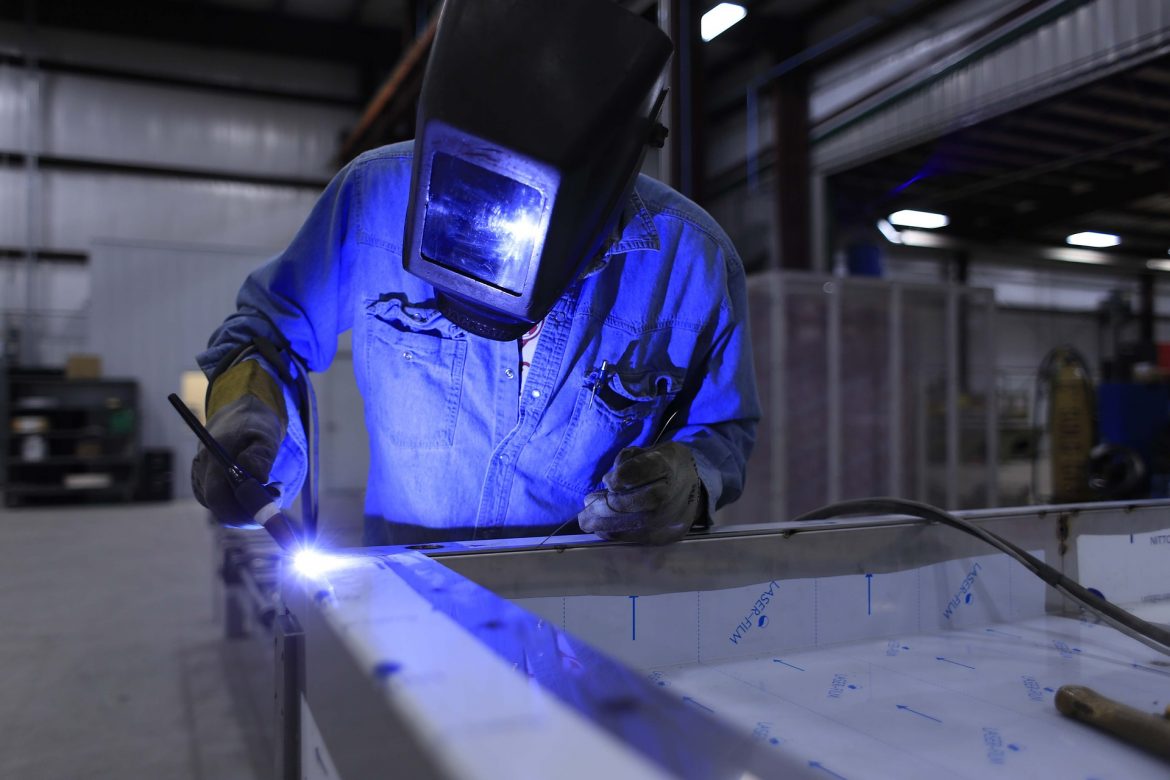Lean manufacturing is a methodology that boosts productivity and quality while reducing unnecessary resource usage
Here’s a look at how companies can start strong with this approach.
Encourage Employees to Participate and Take Ownership
The lean methodology likely represents a significantly different way of working than many employees know. That’s why it’s crucial to get them on board early and understand that everyone plays a vital role in helping a company get the best results through lean manufacturing.
Crown Equipment Corporation is one of the world’s largest manufacturers of lifting and material handling equipment. Lean plays a major role in its success. David Tumbusch, the company’s director of manufacturing, noted, “One thing I would suggest to organizations beginning their journey is to ask, why do they want to be lean? That’s important because you need to explain to employees why they’re undertaking the process. It creates positive engagement.”
Improve Processes to Reduce Waste
Waste reduction is a primary goal in lean manufacturing. However, there are more types of waste than many people initially think. Perhaps a company does not adequately utilize an employee’s talent. It might encounter too many defects, leading to unhappy customers and the need to remake faulty products to match standards.
A company can also become wasteful if its processes require too much waiting. Wasted power generates as many greenhouse gas emissions as utilized power. However, a company can become more sustainable by eliminating the pauses that keep machines running unnecessarily and adding to overall production time.
Another source of waste occurs when company leaders inaccurately forecast product demand and make too much of an item. Fortunately, data analytics can pinpoint how to curb overproduction and wasted time.
Focus on Continuous Improvement
Lean manufacturing aims to provide ongoing real and perceived value to customers. Continuous improvement is a vital way to achieve those goals. One actionable strategy is to set small milestones that facilitate progress. That approach holds people accountable and helps them stay motivated. It’s also crucial to remember that best practices evolve, and people’s approach to abiding by them should, too.
Getting progressively better may be a company’s foundational goal, even if it does not implement lean principles. Companies’ team members and leadership must constantly strive for excellence, whether assisting customers or following environmentally responsible practices.
Use the 5S System to Create an Organized Workplace
A well-organized manufacturing plant can facilitate productivity while reducing the risk of accidents. The 5S system uses lean to keep workplaces clutter-free. It involves five steps:
- Sort: Remove unnecessary or malfunctioning items from the work area.
- Set in order: Arrange the products or tools to support efficiency.
- Shine: Clean the workplace and emphasize the shared responsibility of keeping it tidy.
- Standardize: Create consistent processes that bolster efficiency and build good work habits.
- Sustain: Develop and uphold organizational behaviors to support long-term goals.
Checklists are simple but effective ways to help people follow each aspect of 5S. MIT’s Media Lab uses them for consistency. Moreover, every occupant bears responsibility for using, putting away, and replenishing supplies as they use tools or conduct experiments. That process paid off when the facility shut down in only 15 minutes due to a COVID-19-related closure.
Following a similar approach could help manufacturers respond faster to emergencies or unexpected circumstances.
Solicit and Gather Customer Feedback
Since the lean methodology increases customer value, company representatives must ensure they understand what their audiences want. They can do that by asking for regular feedback throughout the production cycle and before it begins. Manufacturers should never assume they know how to please customers. They should take the time to verify what they may already suspect.
It’s also useful to identify trends in the data. Do customers repeatedly request something specific? Are there similarities in the groups that ask for features or products most often? The customers’ perspectives do not tell the whole story. However, their opinions can provide valuable jumping-off points for further research or product development that ultimately steers the company’s direction.
Start Making a Lean Transition
The tips here will put you on the path to using the lean manufacturing methodology in your facility. As you implement them, don’t forget that it will take some time to adjust to the new way of doing things. Even as challenges emerge along the way, persistence helps company workforces realize that lean can make them stronger, more competitive organizations that keep the desire for improvement at the heart of every action and decision.
Bio:
Jane is the founder and editor-in-chief of Environment.co where she covers topics in green technology, energy and environmental sustainability.


